



Altogether approximately 160,000 acres in Berkshire, or approximately one-third of the total land area of the county, were enclosed by Parliamentary means between 1738 and 1883. However, the process was not a steady one, and enclosure did not take place evenly across the county during that period.
As the following chart shows, the process of enclosure took several decades to get under way. Not until the 1770s was there significant activity, and this was not sustained. The real peak period came between 1800 and 1820: during these two decades, more than half of all Parliamentary enclosure in Berkshire was completed. Thereafter, numerous Acts and Orders were made, but the areas enclosed by these were generally smaller. Almost 83% of Parliamentary enclosure in Berkshire had been completed by 1830.
Total acreage by decade
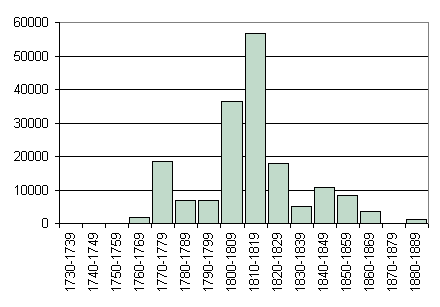
Pre 1800
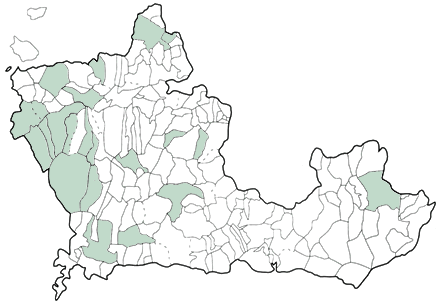
Geographically, the impact of Parliamentary enclosure was felt first in the north-west and west of the county. Apart from a few isolated parishes elsewhere, activity in the period before 1800 concentrated in the downland parishes of Lambourn and East Garston, and in the Vale of White Horse. The largest single enclosure affected nearly 3500 acres in Letcombe Bassett and Childrey; altogether, over 60% of the nearly 32,000 acres enclosed in this period were in Vale parishes.
1801-1810
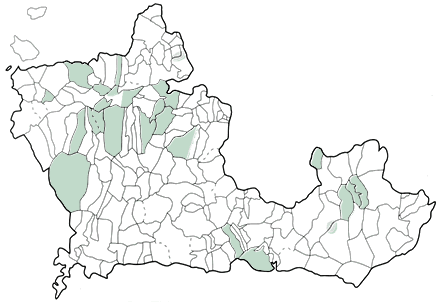
Gradually the process spread eastwards, though for another decade the Vale and north Berkshire remained the area of greatest activity. Between 1800 and 1810 twenty-two awards were made and almost 34,000 acres were enclosed, almost 70% of which was in the north of the county (in particular Blewbury, Harwell, Sutton Courtenay and Wantage) and a further 20% in Lambourn. A handful of parishes in the south and east accounted for the remainder.
1811-1820
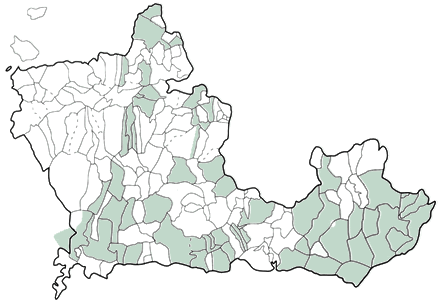
The second decade of the nineteenth century saw a few more enclosures in the north, but now the areas affected were mostly in the Kennet Valley, the Downs and, in particular, east Berkshire, where the huge Windsor Forest enclosure, affecting over 20,000 acres in fifteen parishes, was carried out mostly between 1813 and 1817.
1821-1883
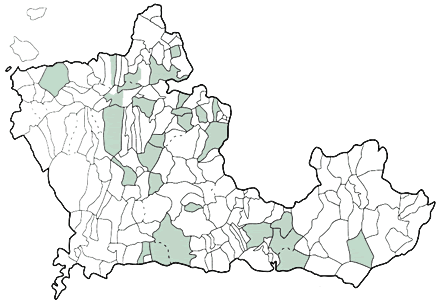
After 1820 enclosures were scattered throughout the county. Awards of over 2000 acres were the exception (only Easthampstead in 1827 and Cholsey in 1845 were larger) though in the 1830s in particular there were several of between 1000 and 2000 acras, and the last Berkshire award of all, in Steventon in 1883, affected 1324 acres.
In the ancient county of Buckinghamshire a little over one-third of the land area was affected by Parliamentary enclosure – a proportion very similar to that in Berkshire. In the south of the county the proportion was slightly lower: the average in the ten parishes wholly or partly transferred to Berkshire in 1974 was 27%. This however conceals considerable local variation, with no Parliamentary enclosure at all in Burnham or Eton, but around 50% of Horton and Wraysbury and nearly 65% of Datchet being enclosed. All these enclosures took place in the first third of the nineteenth century, Horton being the earliest (1803) and Datchet the latest (1833).